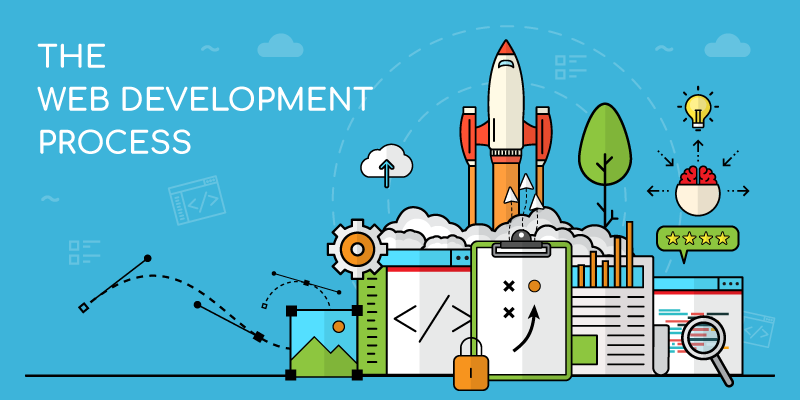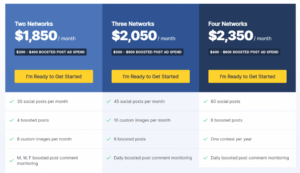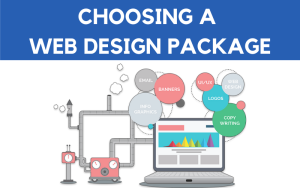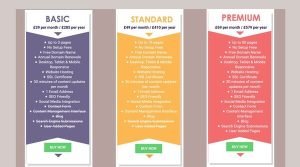Designing a website can be an overwhelming process, but it doesn’t have to be. Knowing the five stages of web design can help make the experience easier and more enjoyable. The web design package is a must-have for any business or individual looking to create a website. It offers a wide range of services that are often needed in the web design process, including domain registration and hosting, web page design, and online marketing. So it’s important to know the stages of web design. By understanding these steps, you can save time, energy, and money while getting the most out of your website. From brainstorming ideas to launching your site, this article will provide an overview of the five stages of web design.
Stage 1: Planning & Strategy
Planning & Strategy is the first step. Without this stage, it’s impossible to ensure a successful website launch. During planning and strategy development, web designers need to understand their target audience and develop a plan that speaks directly to them. They must also identify key performance indicators (KPIs) that will be used to measure the success of the website. It’s important for designers to think about how they want visitors to interact with the site and create a user-friendly experience. Additionally, any content or features that will be included in the design should be determined at this stage as well. This includes blog posts, images, videos and other interactive features like contact forms or e-commerce functionality.
Stage 2: Design & Layout
Design & Layout is an essential parts of the web design process. During this stage, designers consider how to visually communicate their ideas with elements such as color palette, typography, imagery and layout. Working closely with the client or stakeholders involved in the project ensures that expectations are met and outcomes can be achieved efficiently. Through careful thought and consideration of user experience during this stage, designers create intuitive navigation paths that link to all core pages on the site.
Stage 3: Development
The development stage requires expertise in HTML, CSS and JavaScript as they are essential programming languages used to design websites. It is also important during this phase to create a responsive layout that can be viewed on different devices such as computers, tablets or mobile phones. Furthermore, developers must consider browser compatibility so users have an optimal browsing experience regardless of their web browser of choice. Once all elements have been coded successfully and verified by quality assurance testing, the fourth stage of web design can begin – deployment.
Stage 4: Testing & Delivery
During this stage, the designer puts their work through a rigorous testing process to ensure that it is free from any errors or bugs. This can include both manual and automated testing, such as functional tests and performance benchmarks. Once these tests have been completed successfully, the website will be ready for delivery to the client. The designer will then demonstrate how all of the features should work and provide documentation for any maintenance tasks that may need to be carried out. They’ll also offer advice on how best to promote the website in order to maximize its impact online. It’s important at this stage that all of the client’s needs are met so they can launch their website with confidence.
Stage 5: Maintenance & Support
This step also involves providing ongoing customer support for users who have questions or need technical assistance with their website. By staying on top of any issues customers report and making sure their concerns are addressed promptly, web designers can build trust with their clients. It’s also important to regularly monitor a website’s performance metrics so that any areas needing improvement can be identified and addressed quickly.
Conclusion
The 5 stages of web design are planning, designing, developing, testing and deployment. This process helps to ensure that each website will be functional and user-friendly. As a result, there are many benefits that come from the practice of web design.
First and foremost, investing in professional web design services can help businesses build their online presence and establish brand recognition online. Having a website that is well-designed with intuitive navigation can help customers easily find the information they need on a business’s site. Furthermore, having an optimized website increases search engine rankings which helps to bring more visitors to the site.
Overall, investing in professional web design services is beneficial for all types of businesses as it provides an opportunity to create a great first impression while also helping customers find what they’re looking for quickly and efficiently.














Be First to Comment